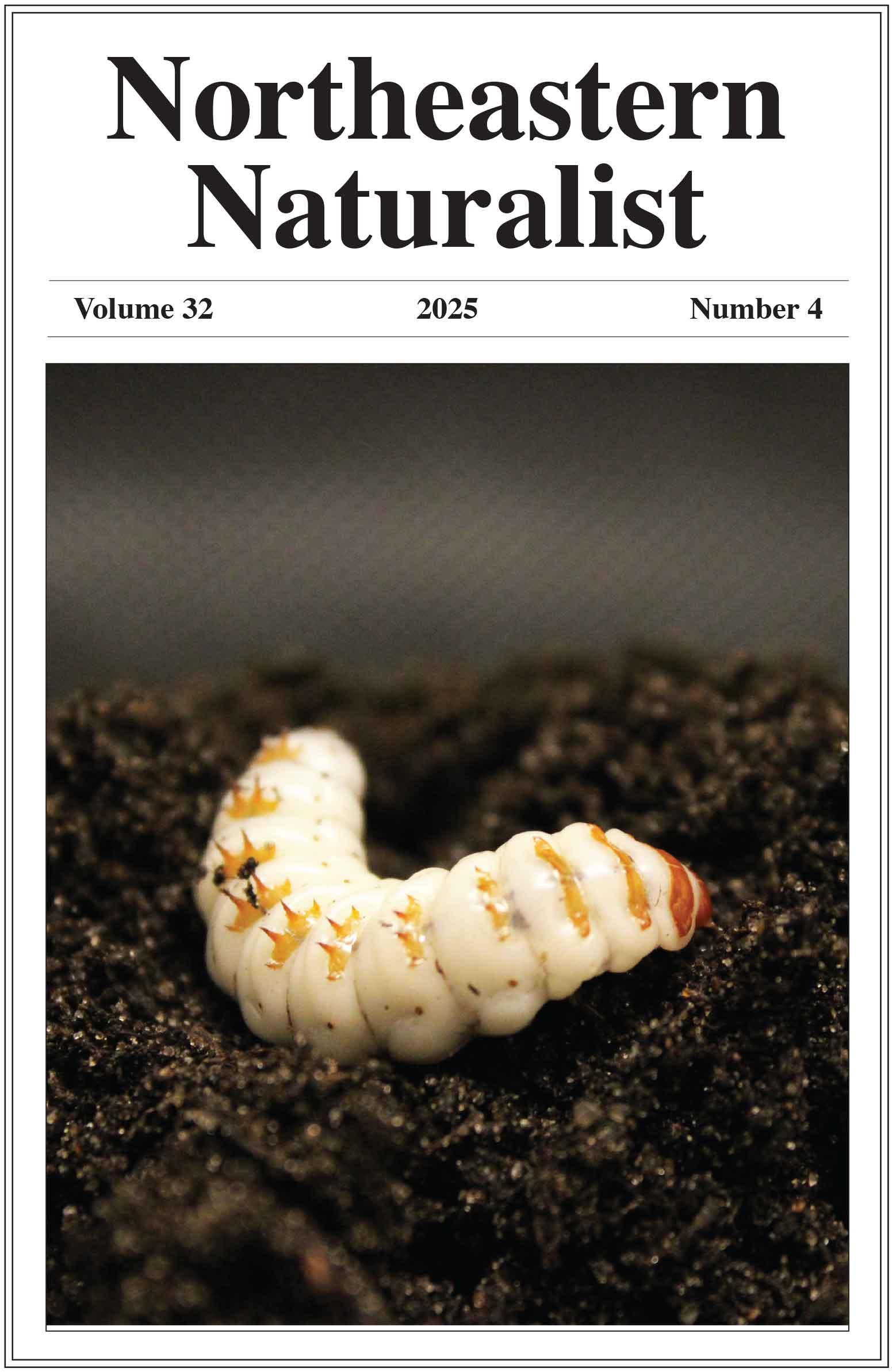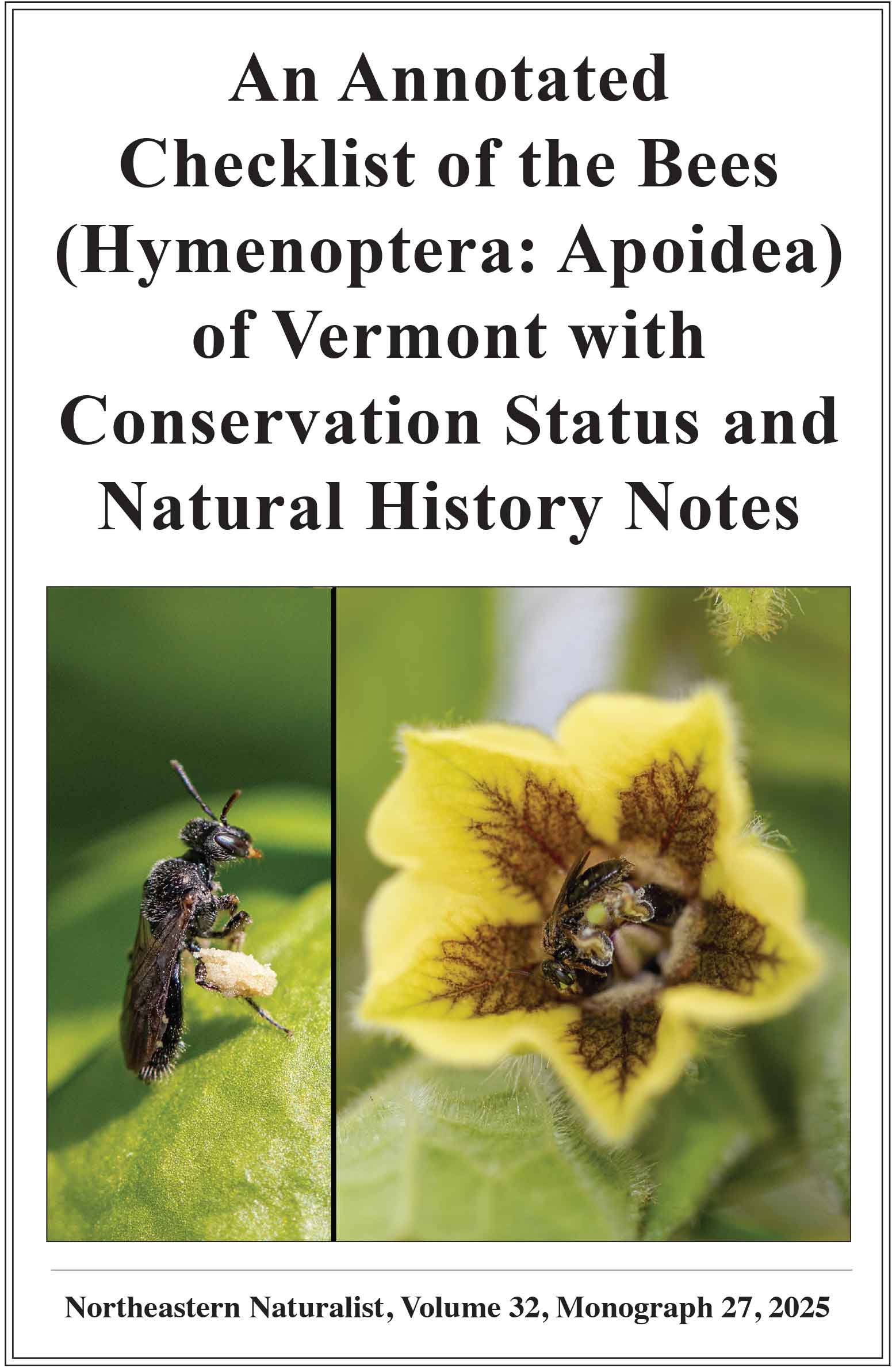Translocation of Long-term Captive Eastern Box Turtles and the Efficacy of Soft-release:
Implications for Turtle Confiscations
Ryan J. Rimple1,*, Michel T. Kohl2, Kurt A. Buhlmann1, and Tracey D. Tuberville1
1Savannah River Ecology Laboratory, University of Georgia, Aiken, SC 29802. 2Warnell School of Forestry and Natural Resources, University of Georgia, Athens, GA 30602. *Corresponding author.
Northeastern Naturalist, Volume 31, Special Issue 12: T37–T54
First published early online: 19 July 2024
Abstract
Translocation, the human-mediated movement of organisms, is an important tool to conserve wildlife populations, and turtles are commonly subject to this management action. One potential source stock for turtle translocations are animals confiscated from the illegal wildlife trade or otherwise held in captivity. There is limited information, however, on the post-release behavior and survival of these animals. We monitored 26 translocated long-term captive (i.e., former pet) Terrapene carolina carolina (Eastern Box Turtle) to assess their survivorship, space use, and the effects of soft-release (penning) on site fidelity. We found long-term captives displayed high first-year survivorship (88.5–92.3%) and similar space use to resident turtles, and that soft-release was effective at reducing post-release movements. Our study indicates long-term captive turtles may be suitable for release and provides insights for how confiscated turtles may best contribute to conservation.
![]() Download Full-text pdf (Accessible only to subscribers. To subscribe click here.)
Download Full-text pdf (Accessible only to subscribers. To subscribe click here.)
Access Journal Content
Open access browsing of table of contents and abstract pages. Full text pdfs available for download for subscribers.
Issue-in-Progress: Vol. 33(1) ... early view
Check out NENA's latest monograph and Special Issue:













 The Northeastern Naturalist is a peer-reviewed journal that covers all aspects of natural history within northeastern North America. We welcome research articles, summary review papers, and observational notes.
The Northeastern Naturalist is a peer-reviewed journal that covers all aspects of natural history within northeastern North America. We welcome research articles, summary review papers, and observational notes.